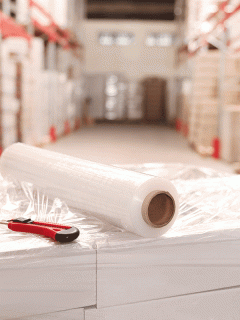Legal texts, directives or regulations are often quite “dry” and difficult to understand for the average citizen. Even more rarely do these regulations have concise, easy-to-remember names – quite different in the case of the REACH Regulation: No long paragraphs of German, instead short and crisp simply “REACH”. But what is behind this short English term and above all what exactly is to be “achieved”?
How could it be otherwise, REACH is of course just an abbreviation and stands for Registration,
Evaluation
,
Authorisation
and Restriction of Chemicals. Its official name is Regulation (EC) No 1907/2006, which sounds a bit “drier” again… and, as expected, covers a lot of complex content.
What does the EU regulation say?
In principle, this regulation standardises and regulates chemicals law throughout the EU. The name says it all: The REACH Regulation is intended to achieve improvements in the areas of consumer protection and competitiveness within the European Union.
Based on previous chemical regulations of the individual EU member states, REACH was introduced on 1 June 2007 and has since been regarded as one of the strictest chemical laws in the world. The maxim is: “no data, no market”, i.e. no chemicals may be placed on the internal market without registration.
Basics of the procedure
The REACH procedure is based on the principle of self-responsibility of the chemical industry. Accordingly, manufacturers, importers and downstream users must register their chemicals and are responsible for their safe use. The organisation and control of the REACH processes is carried out by the European Chemicals Agency (ECHA) in Helsinki. In this way, a high level of protection for humans and the environment is to be ensured and trade within the EU is to become more economical and transparent.
In addition, consumer protection has been increased: With the right to information, all end consumers have the possibility to inform themselves about chemicals in products and to base their purchasing decisions on this information.
REACH and the Transport of Dangerous Goods Directive
When transporting, for example, paints, acids, alkalis and other corrosive, flammable and hazardous substances, the utmost care must be taken. It is not without reason that strict regulations apply worldwide for the transport of dangerous goods, especially with regard to transport and also packaging. These are regulated by international and national regulations within dangerous goods law, i.e. they also apply independently of REACH. However, since REACH requires the availability of safety data sheets on the chemicals, which also contain information on safe transport and on the transport containers, this naturally also has an impact on the practical implementation of transport, packaging and labelling.
This is where we can help: RAJA supports you in shipping your hazardous goods in accordance with the regulations. Our packaging meets all common standards as well as special requirements that must be met for the safe transport of dangerous goods. Our hazardous goods boxes, for example, are made of 2- or 3-wall cardboard with an outer layer of kraft paper. This makes this packaging particularly resistant and robust. The matching PE bag for lining the box is included in the delivery. Granulate can be filled in here as padding and protection. This is a light, non-flammable material that can also absorb liquids. If you now mark your dangerous goods consignment with an appropriate warning label, you will have “achieved” the requirements of general dangerous goods law and REACH and done everything right 🙂
Read more: Marking with dangerous goods labels














